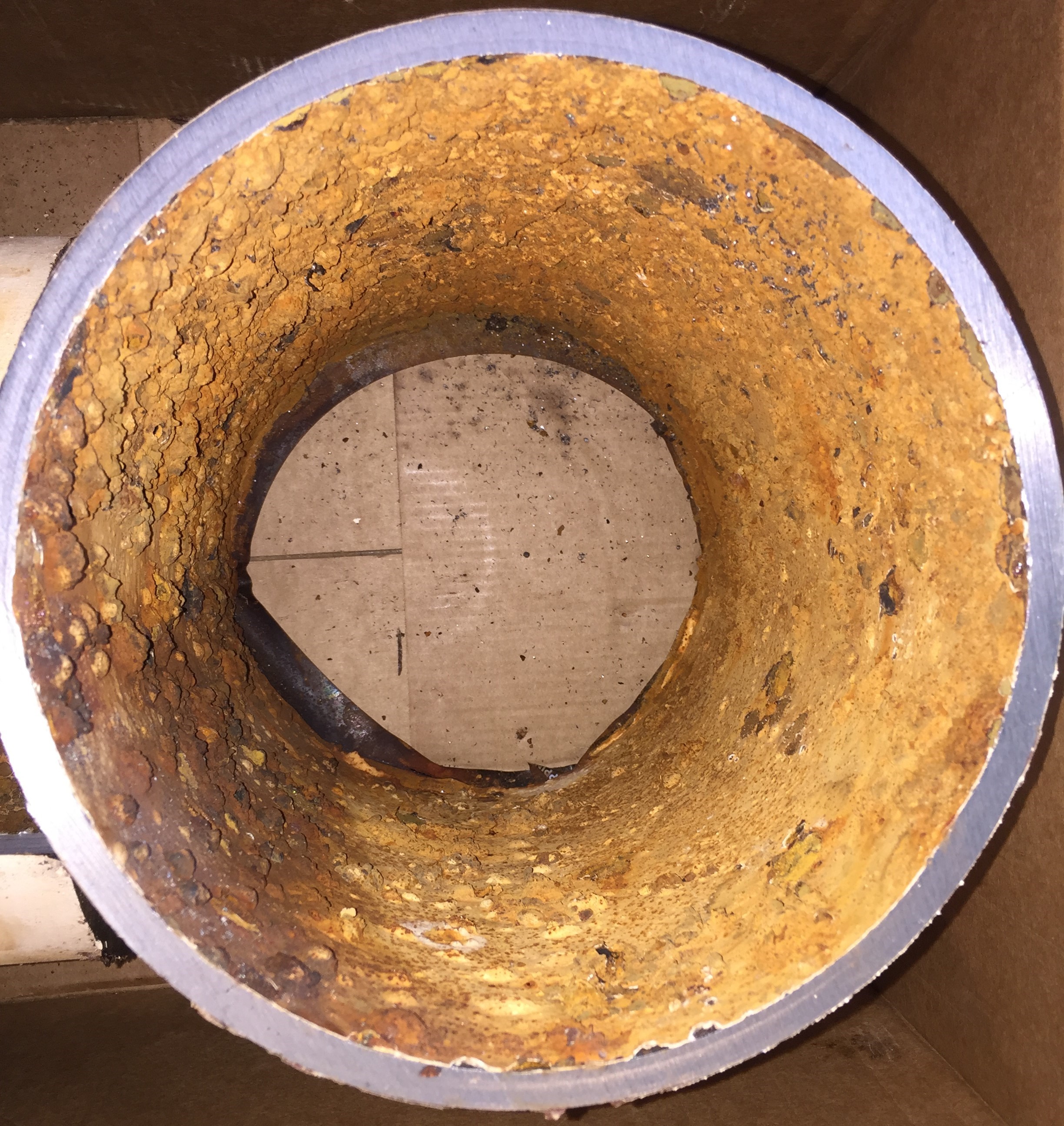Some Victorian books were dyed with toxic pigments. The latest research on these “poison books” used a technique not previously applied to books to assess a university collection, and the researchers found some volumes had possibly unsafe levels. They will present their results at ACS Fall 2024.
Tag: Chromium
Tracking Down Toxic Metals From Tobacco Smoke
Homes and public places where people smoke may have high levels of harmful trace metals from cigarettes, even after smoking stops, Berkeley Lab researchers have found. These metals include cadmium, arsenic, and chromium, and the levels may be above safety limits set by California.
Physicists demonstrate powerful physics phenomenon
In a new breakthrough, researchers have used a novel technique to confirm a previously undetected physics phenomenon that could be used to improve data storage in the next generation of computer devices.
Microplastics could make other pollutants more harmful
On their own, microplastics are potentially harmful, and it’s unclear what effect they could have on pollutants. Now, researchers reporting in ACS’ Environmental Science & Technology Letters show that, when attached to microplastics, UV filters in sunscreens can make chromium metal more toxic.
Adsorbent material filters toxic chromium, arsenic from water supplies
Researchers at the Department of Energy’s Oak Ridge National Laboratory are tackling a global water challenge with a unique material designed to target not one, but two toxic, heavy metal pollutants for simultaneous removal.
Rutgers Expert Available to Discuss Supernova Discovery
New Brunswick, N.J. (April 21, 2021) – Rutgers University–New Brunswick astrophysicist John P. (Jack) Hughes is available for interviews on a supernova (exploding star) discovery published today in the journal Nature. The discovery, made with NASA’s Chandra X-ray Observatory, features…

How a toxic chromium species could form in drinking water
Researchers reporting in ACS’ Environmental Science & Technology have investigated how hexavalent chromium, known as Cr(VI), can form in drinking water when corroded cast iron pipes interact with residual disinfectant.
Hazardous Air Pollutant Exposure Linked as Contributing Factor to COVID-19 Mortality in the United States
A study by researchers at the SUNY College of Environmental Science and Forestry (ESF) researchers and ProPublica, and published in Environmental Research Letters has found a link between chronic exposure to hazardous air pollutants (HAPS) and COVID-19 mortality rates.